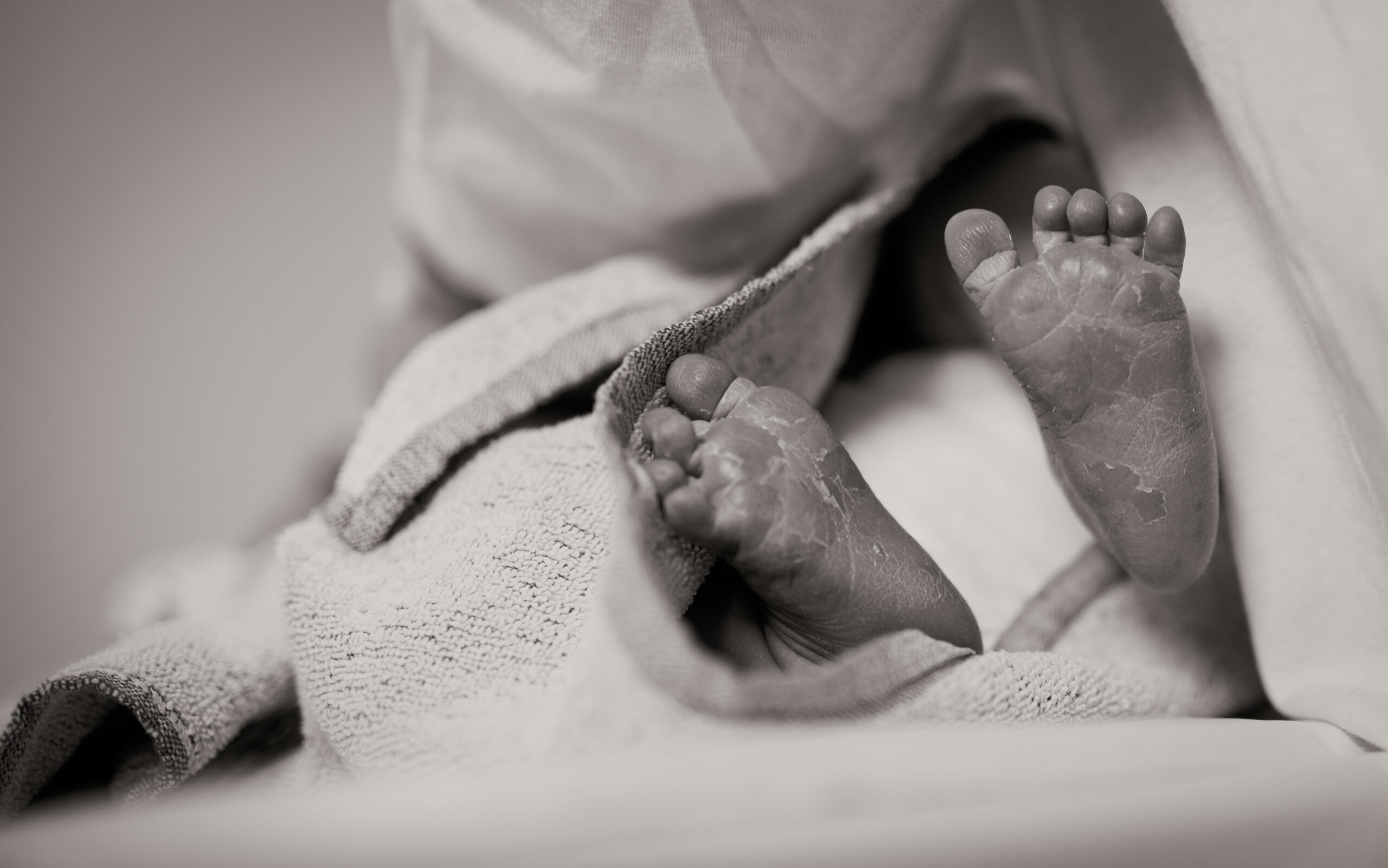Recovering from a cesarean section (C-section) is a unique postpartum journey that requires time, patience, and care. A C-section is a major abdominal surgery, and while you’ll be busy caring for your newborn, it’s just as important to focus on your physical recovery.
Here’s what to expect and how to support your healing process.
1. Understanding the C-Section Recovery Timeline
Every woman heals differently, but the general recovery timeline looks like this:
- First Few Days: You’ll stay in the hospital for 2–4 days, depending on your progress. During this time, you’ll experience pain at the incision site, bleeding, and fatigue.
- Weeks 1–2: You’ll likely feel sore, and activities like sitting up, walking, or laughing may be uncomfortable.
- Weeks 4–6: You’ll start to feel more mobile and experience reduced pain.
- Weeks 8–12: Many women feel closer to full recovery, but internal healing can continue for months.
Remember to follow up with your healthcare provider to ensure you’re healing properly.
2. Managing Pain and Discomfort
Pain is a natural part of C-section recovery, but it can be managed effectively:
- Medications: Take prescribed pain relievers or over-the-counter options (as advised by your doctor) to stay comfortable.
- Support Your Incision: Use a pillow to support your abdomen when sneezing, coughing, or laughing.
- Wear a Belly Binder: A postpartum belly binder can provide gentle support and reduce discomfort.
- Ice Packs: Apply cold compresses to the incision area to reduce swelling (ensure the incision is dry).
3. Caring for Your Incision
Proper care of your incision is essential to prevent infection and promote healing:
- Keep It Dry: Pat the area dry after bathing. Avoid soaking in tubs until your doctor gives the go-ahead.
- Monitor for Infection: Watch for redness, swelling, or oozing around the incision. Notify your doctor if you have a fever or worsening pain.
- Avoid Strain: Skip heavy lifting (anything heavier than your baby) and strenuous activities for the first 6–8 weeks.
4. Rest and Movement: Finding the Balance
Rest is crucial after surgery, but gentle movement is equally important for recovery:
- Short Walks: Start with short, slow walks around your home to improve circulation and prevent blood clots.
- Take Breaks: Alternate between resting and light activity to avoid overexertion.
- Sleep Smart: Use supportive pillows to make lying down and getting up easier. A side-lying position can help reduce strain.
5. Managing Postpartum Symptoms
Along with incision healing, you’ll experience other postpartum changes:
- Vaginal Bleeding: Even after a C-section, you’ll have postpartum bleeding (lochia) for several weeks. Use pads, not tampons, during this time.
- Bowel Movements: Pain medications and inactivity may cause constipation. Drink plenty of water, eat fiber-rich foods, and consider stool softeners if necessary.
- Breastfeeding Challenges: If you’re breastfeeding, find comfortable positions that don’t press on your incision, like side-lying or the football hold.
6. Listening to Your Body
Paying attention to your body is key to a smooth recovery:
- Hydrate and Nourish: Drink plenty of water and eat nutrient-rich foods to promote healing.
- Don’t Ignore Pain: Persistent or worsening pain, unusual swelling, or fever should be reported to your doctor immediately.
- Take Your Time: Avoid rushing back to pre-pregnancy activities. Give your body the grace it deserves.
7. Emotional Healing Matters Too
Recovery isn’t just physical—it’s emotional too:
- Seek Support: Share your feelings with loved ones, a counselor, or a support group. C-section recovery can be overwhelming, and it’s okay to ask for help.
- Celebrate Small Wins: Every step forward, whether it’s walking without discomfort or feeling more energetic, is worth celebrating.
8. When to Contact Your Doctor
Call your healthcare provider if you experience:
- A fever over 100.4°F (38°C).
- Severe pain or redness around your incision.
- Heavy vaginal bleeding or clots larger than a golf ball.
- Signs of infection, such as foul-smelling discharge or swelling.
- Difficulty breathing or chest pain.
9. Supporting Long-Term Recovery
As you recover, consider these tips for ongoing wellness:
- Postpartum Exercise: After your doctor clears you (usually around 6–8 weeks), start gentle exercises to strengthen your core.
- Pelvic Floor Therapy: Many women benefit from working with a pelvic floor therapist to restore strength and function.
- Scar Care: Once the incision has healed, ask your doctor about creams or massages to reduce scar tissue.
Recovering from a C-section takes time and care, but with the right approach, you can heal both physically and emotionally. Remember to prioritize your health, lean on your support network, and give yourself grace.
Have tips or questions about C-section recovery? Share your thoughts in the comments below!
